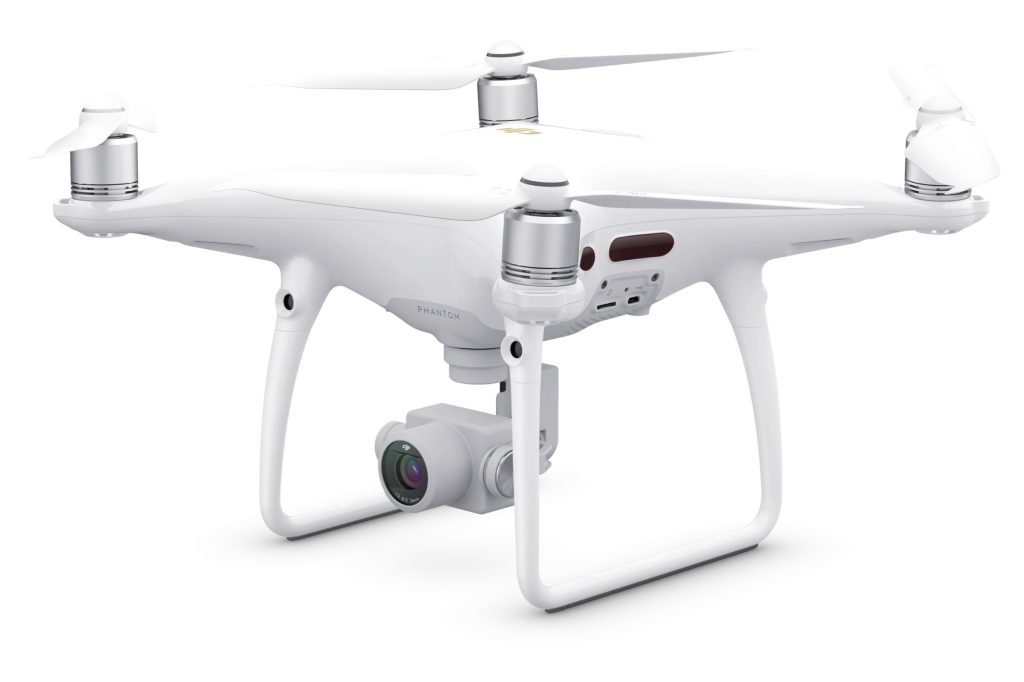
DJI, or Da-Jiang Innovations, is the biggest consumer drone maker on the planet. Founded in a college dorm room in 2006, the company today commands nearly 70% of the global drone market, offering its products in over 100 countries. While competitors continue to innovate and deliver alternatives, DJI’s incredible offerings have made it impossible for others to surpass its market leadership. Naturally, observers have long wondered how DJI maintains such unparalleled dominance in the industry. The tech giant is now breaking its silence to reveal just how.
DJI attributes its success to a blend of early market entry, relentless innovation, and a strategic focus on accessibility and quality. According to DJI, its tenacity, significant investment in research and development, and effective supply chain integration have been key drivers of its market leadership. Here’s a deeper look into DJI’s strategy and vision as shared by the company.
DJI leads the market because it created it
DJI’s early entry into the drone market was a crucial factor in establishing its dominance. By launching the Phantom series, DJI transformed drones from niche products to mainstream consumer electronics, making them user-friendly and affordable.

The Phantom marked DJI’s debut in fully assembled drones and was one of the earliest models designed specifically for consumers. When it launched in 2013, it stood out because, unlike other quadcopters at the time, which were difficult for beginners to fly, the Phantom was easy to fly straight out of the box. It was priced affordably for serious hobbyists and accessible enough for anyone interested in using it professionally.
This move tapped into a previously unmet demand, solidifying DJI’s reputation and laying a strong foundation for its future growth.
Investment in R&D, supply chain integration
A cornerstone of DJI’s strategy is its substantial investment in research and development. Employing over 14,000 people, with 25% of the workforce dedicated solely to product development, DJI maintains a relentless focus on innovation. Its incontestable ecosystem allows the company to continuously improve its products while ensuring they remain competitive in terms of price and quality.
DJI’s ability to scale operations and effectively integrate its supply chain further contributes to its success. Ever noticed how similar the DJI Mavic 3 Enterprise drone is to the consumer DJI Mavic 3 model? Also, the batteries of both drones are identical. That’s scaling.
Moreover, the company has introduced automation in key aspects of production, from component manufacturing to final assembly, ensuring another way to maintain high standards and reduce costs. Below you can see a video from inside a DJI factory, highlighting these aspects:
Is DJI subsidized by the Chinese government?
DJI addresses criticisms regarding government subsidies by asserting that its success stems from business acumen rather than external financial support. While some critics argue that DJI’s dominance is due to Chinese government backing, the company emphasizes its operational independence, with the majority ownership retained by its founders.
DJI argues that claims of subsidization often misinterpret standard business investments and growth strategies. The United States, for example, offers tax credits for small businesses, hiring, research and development, manufacturing, and more. Many states and municipalities also offer separate incentives to local businesses in their area. Under the definition employed by DJI’s critics, virtually any company could be considered “subsidized.”
Here’s DJI:
DJI’s critics often cite one story in the media as proof of direct subsidy for the company. To be clear, DJI’s majority ownership rests with our founding partners. The remaining investors are from the private sector with the exception of less than a 6% stake and under 1% voting rights that are owned by several state-owned banks, one state-owned insurance company, and two municipal investment funds. These enterprises are the same as any institutional investor that purchases stock in a private company, regardless of where that company is headquartered. The equivalent investment in the United States would be a state backed pension fund investing in US based technology companies. The investment is neither subsidy nor control and represents the same investor goal as every other interest. No government entity or representative sits on DJI’s board or has any role in its operations.
Contribution to US economy and future outlook
DJI is also quick to point out its significant contribution to the US economy, generating over $116 billion in economic benefits and supporting more than 450,000 American jobs. “Software and hardware firms have built entire businesses around our products, while service providers, farmers, utility companies, and more depend on them. We are proud that they continue to choose us,” DJI says.
The company now advocates for the establishment of industry-wide security standards for drones and a competitive marketplace to foster innovation and ensure safety. Despite facing ruthless criticism, and a potential ban on future products in the US, DJI says it remains committed to driving technological advancement and advocating for policies that promote a fair and secure industry environment.
Looking ahead, DJI aims to continue its trajectory of innovation and market leadership. By focusing on enhancing product capabilities, improving user experience, and expanding its market reach, DJI wants to ensure it remains #1 in consumer drone technology. And there’s no doubt the company’s ongoing investment in R&D and commitment to quality will make sure it continues to do just that.
Read more: DJI LightCut app update brings iOS 18 beta support
FTC: We use income earning auto affiliate links. More.






Comments